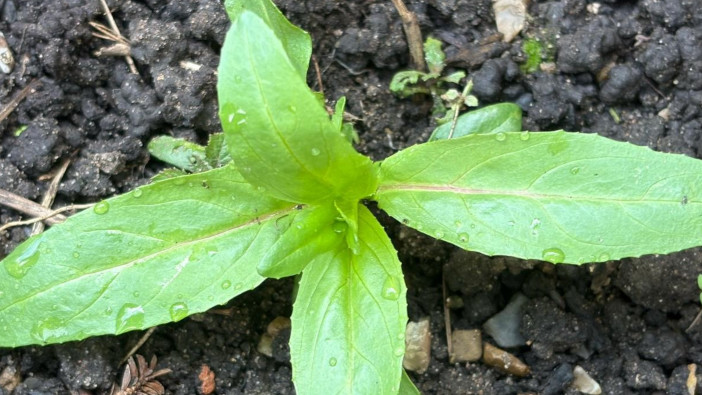FMC is urging growers to watch out for willowherb and take steps to tackle any outbreaks in cereal crops this spring.
Matthew Hutchings, senior commercial technical manager, says that failure to act early in spring may result in costly yield losses.
“Willowherb has become a more prevalent issue in recent years, most likely due to the shift towards minimal tillage or no-till methods,” he explains.
“These practices help soil structure, but they also provide an environment where certain weeds, including willowherb, can thrive.”
He adds that the absence of deep soil cultivations allows perennial weeds like willowherb to spread and establish roots deep within the soil profile.
“Changes to crop rotation patterns may have also caused the spike in willowherb being identified by agronomists,” he says. “The lack of options for control in some crops, especially those that are less competitive, may allow willowherb to spread and become more prevalent.”
Tackling willowherb
The waxy coating on the willowherb leaf acts as a natural barrier that can prevent some herbicides from being absorbed. This is particularly true for leaf-applied glyphosate.
“The most effective way of tackling willowherb, and other broadleaf weeds this spring, will be to use sulfonylurea herbicides (SU) with the active ingredients metsulfuron and tribenuron,” says Matthew.
“Using an SU such as Ally Max SX will tackle the weed by quickly slowing down the rate of growth, before they become competitive.”


